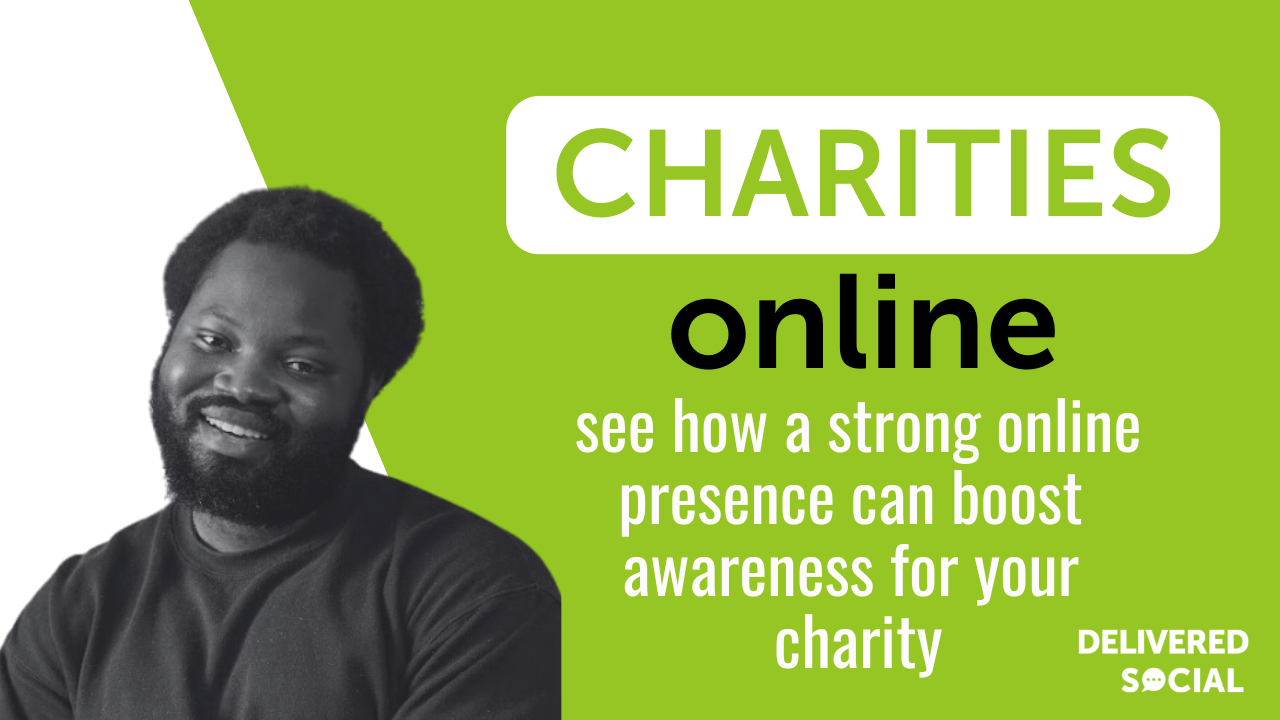
In today’s world, having a strong online presence is essential for charities looking to increase impact and reach. A well-designed website not only serves as the digital face of your charity but also as a crucial tool for engaging with donors, volunteers, and beneficiaries. This blog post explores the basics of websites for charities, detailing why they are necessary and what essential features they should include to maximise effectiveness. From enhancing visibility and credibility to facilitating donations and community involvement, a comprehensive website is a cornerstone of any charity’s digital strategy. As we explore the essential components and best practices for charity websites, our goal is to equip you with the knowledge needed to create a vibrant and functional online hub that reflects your mission and amplifies your efforts.
The Importance Of Websites For Charities
Planning Your Charity Website
Planning your charity website requires careful consideration to ensure it effectively meets the needs of your organisation and engages your target audience. The first step in this process is setting clear objectives. What do you hope to achieve with your website? Common goals include raising awareness, increasing donations, recruiting volunteers, and providing information on projects and impacts.
Understanding your target audience is crucial. Different segments of your audience, whether they are potential donors, volunteers, or beneficiaries, will have different needs and preferences. A successful charity website addresses these diverse requirements, ensuring that the content is relevant and accessible to all visitors.
It is also essential to map out the content and structure of the website early in the planning phase. Decide on the key sections and features that your website will need, such as a donation page, a blog or news section, a calendar of events, and a sign-up form for newsletters. Each element should serve a purpose and contribute towards achieving the overall objectives of the website.
Also, consider the technical aspects, including choosing a reliable host, deciding on a content management system (CMS), and planning for ongoing maintenance. These decisions will affect the functionality and user experience of your website, making them vital components of the planning stage.

Key Features Of Effective Charity Websites
Key features of effective charity websites are crucial for enhancing user experience, boosting engagement, and ultimately facilitating the organisation’s goals. Here are some essential elements that should not be overlooked:
Clear Mission Statement: It’s vital for a charity website to communicate its mission and objectives clearly and prominently. This helps visitors understand the charity’s purpose and impact right from the outset, fostering a connection and encouraging further engagement.
Easy Navigation: A well-structured menu and intuitive layout ensure that users can find the information they seek without frustration. Key sections like ‘About Us’, ‘How to Help’, and ‘What We Do’ should be easily accessible from the homepage.
Donation Functionality: For many charities, donations are the lifeline of their operations. Integrating a simple, secure, and prominent donation button is essential. Offering multiple payment methods and a hassle-free donation process can significantly increase the likelihood of receiving contributions.
Responsive Design: With an increasing number of users accessing websites from mobile devices, a responsive design that adapts to different screen sizes is essential. This ensures that the website is accessible and functional across all devices, enhancing the user experience and supporting SEO efforts.
Social Media Integration: Incorporating social media links and feeds can enhance engagement and increase the charity’s reach. It allows visitors to easily follow social media channels and share content with their networks, broadening the charity’s visibility and impact.
Impact Showcase: Demonstrating the tangible results of donations and support through detailed stories, reports, and statistics can build trust and motivate further involvement. This section should highlight past successes and ongoing projects, showcasing the direct impact of contributions.
Volunteer Recruitment: An effective charity website should include a section for potential volunteers, providing information on how to get involved. This could include an application form, details of volunteer roles, and testimonials from current volunteers.
Multimedia Content: Using photos, videos, and infographics to tell stories and present information can be more engaging than text alone. This type of content can help to convey the emotional aspect of the charity’s work and connect more deeply with visitors.
Search Engine Optimisation (SEO): Optimising the website for search engines is crucial to increase visibility and attract more traffic. Utilising keywords, such as ‘Websites for Charities‘, in the content, meta descriptions, and alt tags can help improve the site’s ranking in search results.
Incorporating these key features will make a charity website not only more attractive and professional but also more effective in achieving its mission and engaging its audience.
Double Down On The User Experience (UX)
Design and user experience (UX) and mobile optimisation are two pivotal aspects of a charity website that often intersect, yet they address slightly different facets of website development. Both are critical in ensuring a site is accessible, enjoyable, and functional for all users, but they come with distinct considerations.
Design and User Experience: This encompasses the overall aesthetics and functionality of the website, ensuring that it is not only visually appealing but also easy to navigate. Good design must align with the brand’s identity and communicate the charity’s mission effectively. User experience is about how intuitively and efficiently a user can interact with the website elements, from navigation menus to content accessibility. For instance, a well-thought-out UX design will guide visitors naturally from learning about the cause to taking action, whether it’s making a donation, signing up for newsletters, or volunteering.
Mobile Optimisation: While UX focuses broadly on all devices, mobile optimisation specifically targets the usability of the website on mobile devices. With the increasing use of smartphones and tablets, a website must perform well on these smaller screens. This includes faster load times, responsive design that adjusts to various screen sizes, and simplified navigation that suits touch-based interaction. Mobile optimisation is essential as it directly impacts the user experience on mobile devices, influencing the effectiveness of the website in engaging users and facilitating interactions like donations or form submissions.
Integrating these two aspects creates a cohesive user experience. A well-designed website that is also optimised for mobile ensures that no matter how or where a visitor accesses your site, they encounter a seamless, engaging, and effective interface. For websites for charities, this means better engagement, increased trust, and higher conversion rates as users are more likely to take positive actions if they enjoy and trust the website experience. Thus, while the two concepts overlap, they each require specific attention to ensure that a charity’s digital presence is both powerful and accessible.
Utilising Social Media Integration
Utilising social media integration is a strategic way for charity websites to enhance their outreach and engagement. By incorporating social media links, feeds, or sharing buttons directly on the site, charities can seamlessly connect their website visitors with their social media activities. This integration encourages visitors to follow and interact with the charity’s social media profiles, significantly expanding the organisation’s digital footprint and community engagement.
Embedding social media feeds on the websites for charities can also keep content fresh and dynamic, showcasing real-time updates and stories from the charity’s operations or fundraising events. This live interaction not only adds vitality to the website but also provides visitors with a transparent and ongoing insight into the charity’s work and impact.
Moreover, social media sharing buttons are essential tools that empower users to easily share content, events, or donation campaigns with their networks. This simple functionality can dramatically increase a charity’s visibility and the spread of its message, leveraging the power of community and digital word-of-mouth to amplify its cause.

Maintaining And Updating Your Website
Interested In Working Together?
Introducing Delivered Social. We're The Most-Rated Digital Agency In Surrey & Hampshire – We've Got To Be Doing Something Right.
Delivered Social is a digital marketing agency with one mission—to help businesses grow. We're famous in Guildford and Portsmouth for our social clinics. We believe in free advice. We build lasting relationships because our team prides itself on being helpful, which our clients appreciate.
If you are looking for a new website or an agency to manage your social media presence, we can help.
If you need something slightly different, here's a super handy list of all our services, or you can always email us.
























